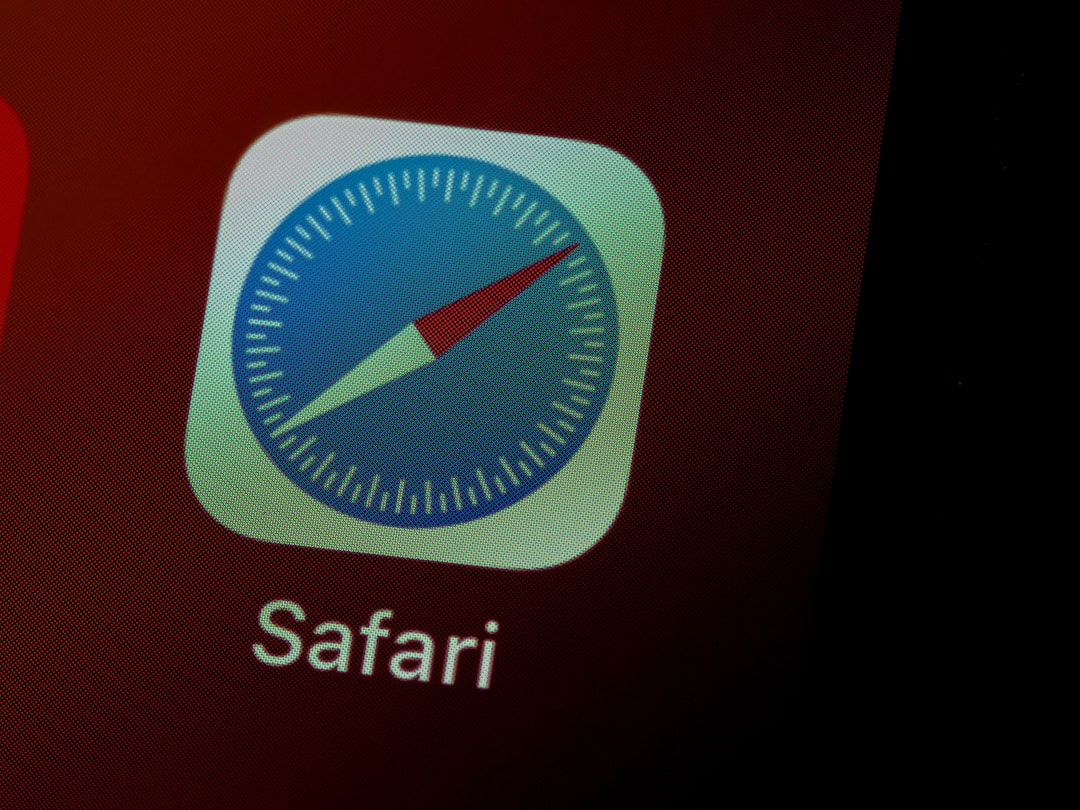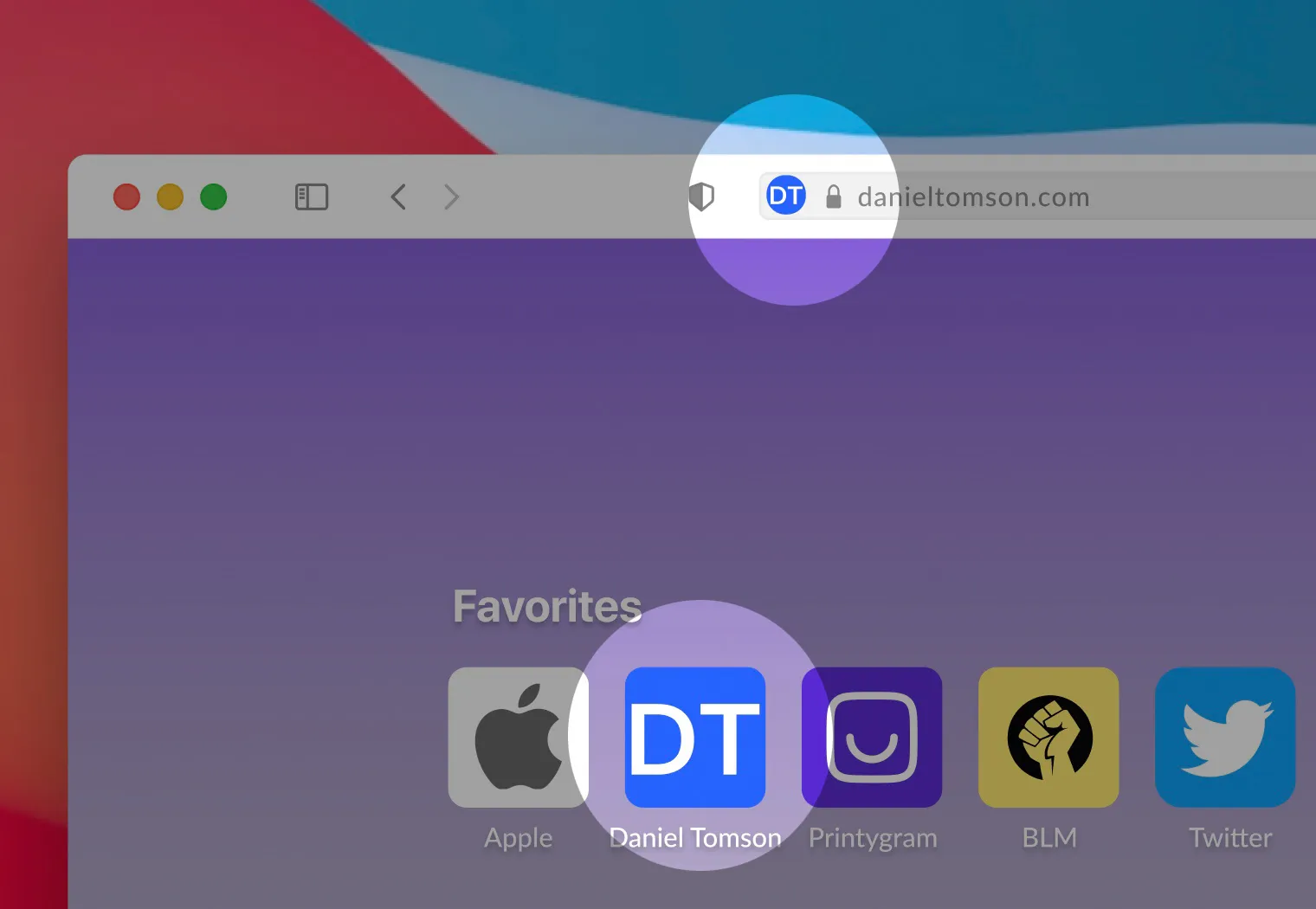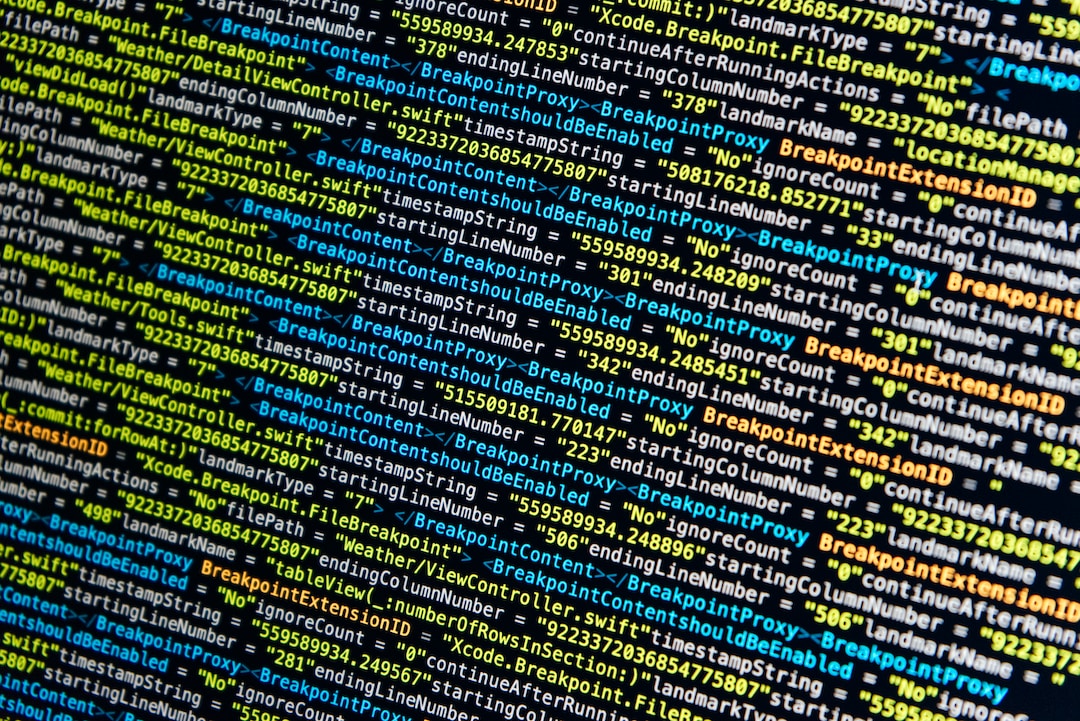Are you finding that your internet is moving a bit sluggish or having trouble accessing updated content online? While your local IT friends may tell you to just "unplug it and plug it back in,” the problem may be caused by an overloaded browser cache.
Want to know how to empty your browser cache quickly? Not even sure what a browser cache is? Read on to learn more and find out how you can boost your browsing speed with a few simple steps!
What is a Browser Cache?
It's best to think of your browser cache as a temporary storage area for web pages and images. The goal of a browser cache is to help save time when browsing the internet. Every website you visit will have some information saved in your browser cache, and your browser can access that data to populate a commonly-visited website faster quickly.
The browser cache is most commonly used to store images, scripts, and web pages. It also stores how the website responded when you click on an image or link, including what was displayed on your screen (text size, background color), how long it took for a particular page to load, and more.
The information in your browser cache can be used by service providers such as Google, Yahoo!, and Microsoft Bing to produce search engine results relevant to you. Website search engines know how often you've clicked on certain links before with similar parameters, and your browser cache and website cookies feed this information to them regularly.
Is My Browser Cache the Same As "Cookies?"
Your browser cache and "cookies" are not quite the same but offer similar functionality. Sometimes, you may wish to delete your browser cache and any stored cookies simultaneously.
Website cookies are small pieces of data that sometimes contain information about your computer and browsing habits to help identify you in the future. Website cookies typically store anonymous data.
Why You Should Clear Your Browser Cache
The browser cache is good for helping boost your browsing power, but sometimes it becomes full. When this happens, the browser can't store any more information, and you may experience a slowdown in your internet connection or web pages loading slowly.
When you clear out these temporary data files from your browser cache, you'll free up some space so that website content will load faster for future browsing sessions. Let's take a look at how to clear your browser cache on common browsers:
How to Clear Your Browser Cache on Google Chrome
To clear your Google Chrome browser cache, follow these steps:
Navigate to the Tools menu (click on the three dotted lines in the browser’s upper-right corner).
Click History.
Click Clear Browsing Data on the left-hand side.
Click Time Range and set it to All Time.
Select Cookies and other site data as well as Cached images and files and click Clear Data.
Are you using a Windows PC? Close and re-open Chrome to save the settings. On an Apple computer, navigate to the Chrome menu located at the top menu bar, and then select Quit to save your changes.
How to Clear Your Browser Cache on Firefox
To clear your Firefox browser cache, follow these steps:
Click on the Tools option in your toolbar.
Select Options (Or on a Mac, select Preferences).
A menu to the left will open. Click on Privacy & Security.
Navigate to the Cookies and Site Data button and click the "Clear Data..." option.
Click the available two options and select “Clear Now”
On a Windows PC, simply close and re-open the Firefox browser to save your changes. On an Apple computer, click the Firefox menu located in the menu bar and click Quit to save changes.
How to Clear Your Browser Cache on Safari
To clear your Safari browser cache, follow these steps:
Click on Safari on the top menu bar.
Select the Preferences option.
Hover over and click the Privacy tab.
Select Manage Website Data...
Select Remove All and then click Remove Now.
Click on the Safari menu on the top menu bar, and click Quit to close Safari. This will automatically save your changes.
How to Clear Your Browser Cache on Internet Explorer (IE)
To clear your IE browser cache, follow these steps:
Navigate to the Settings menu which is found in the upper-right corner.
Select Internet Options from the drop-down list.
Hover over the General tab located at the upper-left-hand side, and then scroll down to the option labeled “Browsing history.”
Click the option called Delete...
Select Temporary Internet files and website files, the Cookies and website data, History, and then the Download History boxes on the window.
Click Delete to delete the cache.
Fully close the Internet Explorer browser and then restart the browser to active the browser cache changes.
Follow Instructions Carefully to Avoid Deleting Data
Anytime you operate within your browser's settings to try and delete data, there is always a risk that you may inadvertently delete files or data that you don't want to lose. To avoid unnecessary risk, make sure to follow the process carefully and read all pop-ups or instructions that you see on the screen.





